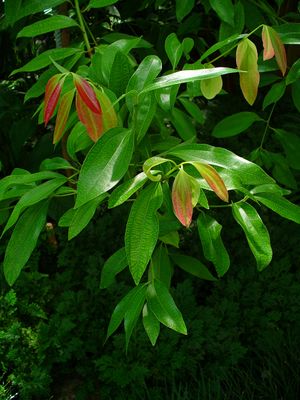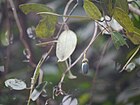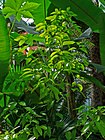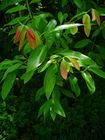Note: This is a project under development. The articles on this wiki are just being initiated and broadly incomplete. You can Help creating new pages.
Difference between revisions of "Cinnamomum verum - Darusita"
(→Flower) |
(→Photo Gallery) |
||
| Line 48: | Line 48: | ||
==Photo Gallery== | ==Photo Gallery== | ||
<gallery class="left" caption="" widths="140px" heights="140px"> | <gallery class="left" caption="" widths="140px" heights="140px"> | ||
| − | + | ||
| − | + | ||
| − | + | Cinnamomum verum (6674347847).jpg | |
| + | |||
| + | |||
| + | Cinnamomum verum (6674351813).jpg | ||
| + | |||
| + | |||
| + | Cinnamomum verum (6674358785).jpg | ||
| + | |||
| + | |||
| + | Cinnamomum verum (8902536802).jpg | ||
| + | |||
| + | |||
| + | Cinnamomum verum - Murshidabad 2014-11-29 0200.JPG | ||
| + | |||
| + | |||
| + | Cinnamomum verum 001.JPG | ||
| + | |||
| + | |||
| + | Cinnamomum verum 002.JPG | ||
| + | |||
| + | |||
| + | Cinnamomum verum 003.JPG | ||
| + | |||
</gallery> | </gallery> | ||
Revision as of 16:45, 21 April 2018
Darusita is a small evergreen tree 10–15 meters tall, native to Sri Lanka and South India. The bark is widely used as a spice due to its distinct odour. In India it is also known as "Daalchini". The leaves are ovate-oblong in shape, 7–18 cm long. The flowers, which are arranged in panicles, have a greenish color, and have a distinct odor. The fruit is a purple 1 cm berry containing a single seed.
Contents
Uses
Diabetes, cholesterol, cold feet and hands, common cold, Skin eruptions, flu, Pimples, headaches.
Parts Used
Chemical Composition
The presence of a wide range of essential oils, such as trans-cinnamaldehyde, cinnamyl acetate, eugenol, L-borneol[1]
Common names
| Language | Common name |
|---|---|
| Kannada | |
| Hindi | |
| Malayalam | |
| Tamil | |
| Telugu | |
| Marathi | NA |
| Gujarathi | NA |
| Punjabi | NA |
| Kashmiri | NA |
| Sanskrit | |
| English | Agrimony |
Habit
Identification
Leaf
| Kind | Shape | Feature |
|---|---|---|
| Simple | Foliage Color is Light Green, Dark Green, Pink and Foliage Texture is Medium and Foliage Sheen is Glossy |
Flower
| Type | Size | Color and composition | Stamen | More information |
|---|---|---|---|---|
| Unisexual | 2-4cm long | White, Light Yellow | 1 | Flower Interest is Insignificant and these are the Fragrant Flowers |
Fruit
| Type | Size | Mass | Appearance | Seeds | More information |
|---|---|---|---|---|---|
| rounded | black | fruit is edible | Fruites are fragment | single | {{{6}}} |
Other features
List of Ayurvedic medicine in which the herb is used
- Vishatinduka Taila as root juice extract
Where to get the saplings
Mode of Propagation
How to plant/cultivate
Cinnamon can be found at elevations up to 2,000 metres, but for commercial harvesting does best at low altitudes below 500 metres[3]
Commonly seen growing in areas
Ocean islands, Seychelles and Samoa, lowland tropical forests.
Photo Gallery
References
External Links
- Pages that are stubs
- Ayurvedic Herbs known to be helpful to treat Diabetes
- Ayurvedic Herbs known to be helpful to treat cholesterol
- Ayurvedic Herbs known to be helpful to treat cold feet and hands
- Ayurvedic Herbs known to be helpful to treat common cold
- Ayurvedic Herbs known to be helpful to treat Skin eruptions
- Ayurvedic Herbs known to be helpful to treat flu
- Ayurvedic Herbs known to be helpful to treat Pimples
- Ayurvedic Herbs known to be helpful to treat headaches
- Herbs with Leaves used in medicine
- Herbs with Bark used in medicine
- Herbs with common name in English
- Habit - Herb
- Index of Plants which can be propagated by Seeds
- Index of Plants which can be propagated by Cuttings
- Herbs that are commonly seen in the region of Ocean islands
- Herbs that are commonly seen in the region of Seychelles and Samoa
- Herbs that are commonly seen in the region of lowland tropical forests
- Herbs








